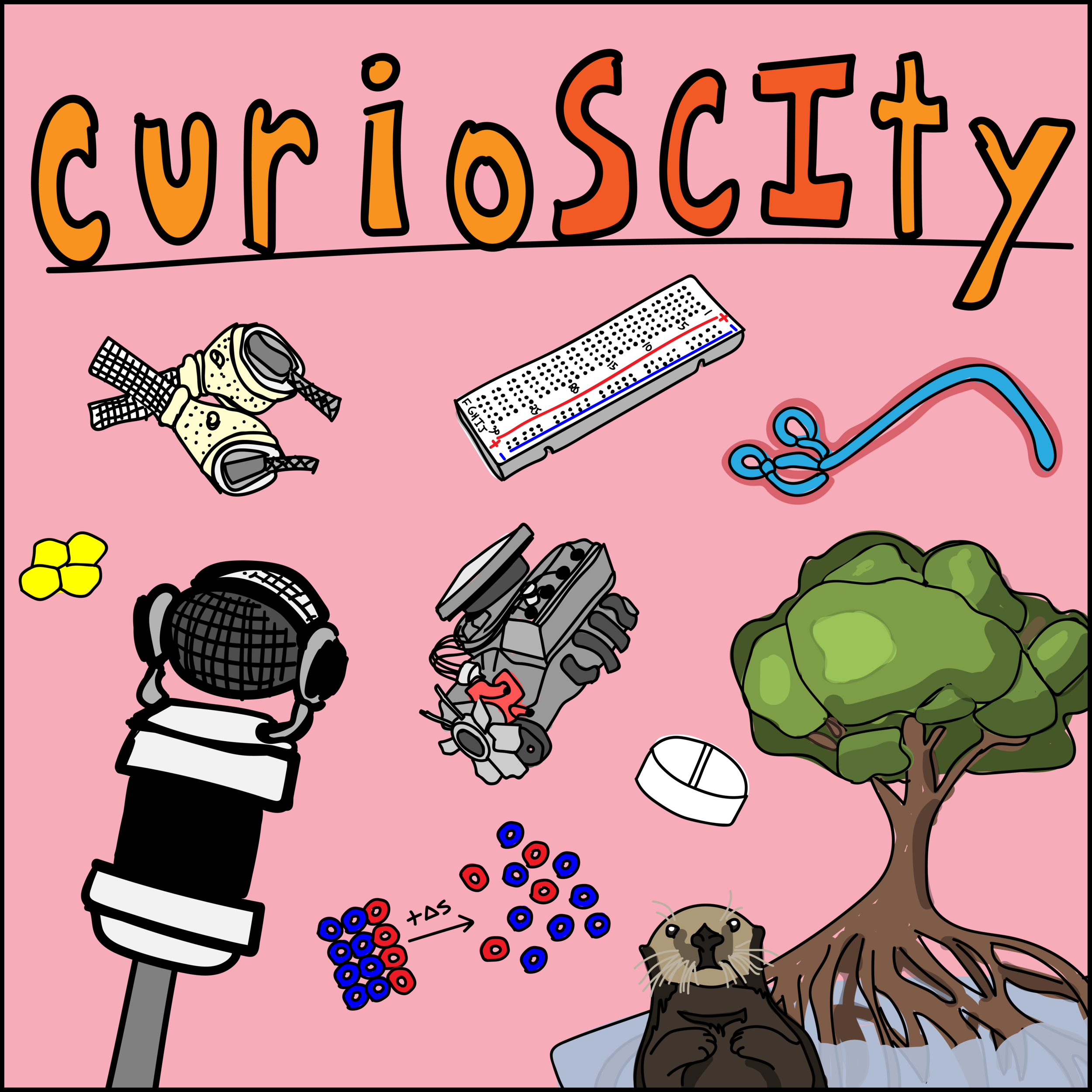108 - Organoids (w/ David Aponte-Díaz!)
108. Organoids
This show has talked about organelles, cell culture, and organs themselves. Today, we discuss a new technique to be able to study a variety of medically relevant scientific topics. What are organoids? Let’s learn to be scientifically conversational.
General Learning Concepts
1) Background knowledge
a. What is a cell? Cells are considered the basic units of life and come in a variety of flavors from all domains of life. Cells have membranes that separate “in” from “out” and have the ability to replicate themselves.
b. What is an organ? In biology, an organ (from the Latin "organum" meaning an instrument or tool) is a collection of tissues that structurally form a functional unit specialized to perform a particular function. Your heart, kidneys, and lungs are examples of organs.
c. What is an organoid? An organoid is a 3D multicellular in vitro tissue construct that mimics its corresponding in vivo organ, such that it can be used to study aspects of that organ in the tissue culture dish. [2]
i. Why 3D? What is the difference between 2D and 3D cultures?
ii. Why would one prefer and organoid to an organ? Vice versa?
a. 1907, sponge cells: Henry Van Peters Wilson showed in vitro organism regeneration where sponge cells self-organized to create a whole organism.
b. 1987, breast epithelia: Breast epithelia formed 3D ducts when grown in certain conditions and synthesized and secreted milk proteins unlike when they were in 2D culture
c. 1998, culture of embryonic stem cells: isolated and established human blastocysts
i. Blastocyst: “By the fifth or sixth day, the fertilized egg is known as a blastocyst — a rapidly dividing ball of cells.”
d. 2009, 3D beginnings: certain adult intestinal stem cells can form 3D intestinal organoids in Matrigel that self-organized / differentiated into a crypt-like villus structure
3) Examples of types of organoids are used now
a. Gastrointestinal organoids: For studies of the GI tract
b. Tongue and salivary gland organoids: For studies of the tongue, tastebuds, and salivary cells
c. Liver and Pancreatic organoids: Capable of forming functional hepatocytes that express bile ducts.
i. Hepatocytes: Hepatocytes are the chief functional cells of the liver and perform an astonishing number of metabolic, endocrine and secretory functions.
d. Brain organoids: Usually focused on creating neuroepithelial buds or mimicking parts of the broadly divided regions of the brain (fore/mid/hind).
4) How are organoids used for scientific research?
a. Genetic disease modeling: Cystic fibrosis recapitulation in vitro by generating intestinal organoids carrying the mutation in the cystic fibrosis transmembrane conductance regulator chloride channel. Another example is for cerebral organoids that model human microcephaly
b. Infectious disease modeling:
c. Cancer modeling:


